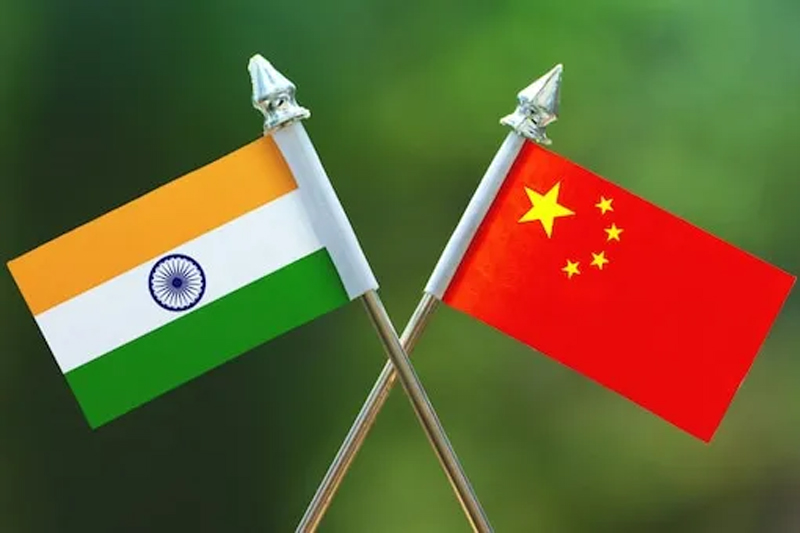During a rare two-day military dialogue, India and China reached an agreement to expeditiously address the remaining issues along the Line of Actual Control (LAC) in eastern Ladakh. The talks, which were characterised as positive and in-depth, concluded with a joint statement emphasising the need for maintaining peace along the border. In response to the intense clashes that occurred in the Galwan Valley in June 2020, India has adopted a comprehensive, multi-level strategy to de-escalate tensions along the border with China. This strategy encompasses both backdoor negotiations and diplomatic efforts at the highest levels, including engagements by the National Security Advisor.
Concurrently, India has made significant advancements in its border infrastructure, matching China in various aspects such as roads, tunnels, equipment, communication, airports, helipads, all-weather bunkers, and the deployment of tanks and advanced fighter jets. Amidst these developments, India has also airlifted and stationed a substantial number of troops, tanks, infantry combat vehicles, radar systems, artillery guns, and other equipment after the Galwan clashes. A recent addition to India’s capabilities is the deployment of Haron Mark-2 drones. These drones possess impressive features, including the ability to carry long-range missiles and other weapon systems, making them suitable for deep strikes within enemy territory. Additionally, they can utilise laser illumination to mark enemy targets for destruction by long-range fighter aircraft. Moreover, the IAF has also deployed a significant number of Remotely Piloted aircraft in Eastern Ladakh to closely monitor Chinese activities. India’s commitment to bolstering its defence capabilities is evident in various initiatives. This collective effort underscores India’s unwavering dedication to safeguarding its territories. A comprehensive approach is being adopted to address various defence needs, including thorough assessments and appropriate upgrades.
Through a series of persistent efforts involving military and diplomatic talks, India and China successfully concluded the disengagement process in 2021 for the north and south banks of the Pangong Lake as well as the Gogra area. India has maintained a consistent stance that Chinese troops should return to their pre-2020 positions. Now the focus is on resolving ongoing issues at Depsang and Demchok as soon as possible. Continual meetings, including those between National Security Advisor Doval and top Chinese diplomat Wang Yi, alongside the 19th round of military dialogue, hold particular importance due to the impending presence of Prime Minister Modi and Chinese President Xi Jinping during the BRICS meeting in Johannesburg. Both India and China need to recognise their status as the world’s most populous nations, with numerous shared interests and areas for development. Prolonged confrontation benefits neither India nor China. India’s significance on the global stage is evident, having emerged as a prominent country. India is actively advancing the indigenization of its armed forces and possesses the capacity to safeguard its territory comprehensively. With a diverse array of nuclear-capable missiles encompassing surface-to-air, air-to-air, and underwater-to-air or surface variants, India’s capabilities are substantial. Furthermore, India has a historical record of not initiating aggression or annexing neighbouring territories. Instead, India has often acted as a supportive and influential neighbour, as demonstrated by its relationships with Bhutan, Nepal, Sri Lanka, and others.
Escalating confrontation is not a viable path with India, and both countries must engage in negotiations to resolve lingering issues. India and China share numerous mutual interests that could foster cooperation in dominating the world market. China must reconsider its expansionist approach towards India, recognising the benefits of pursuing amicable solutions for the collective betterment of both nations.
Trending Now
E-Paper


